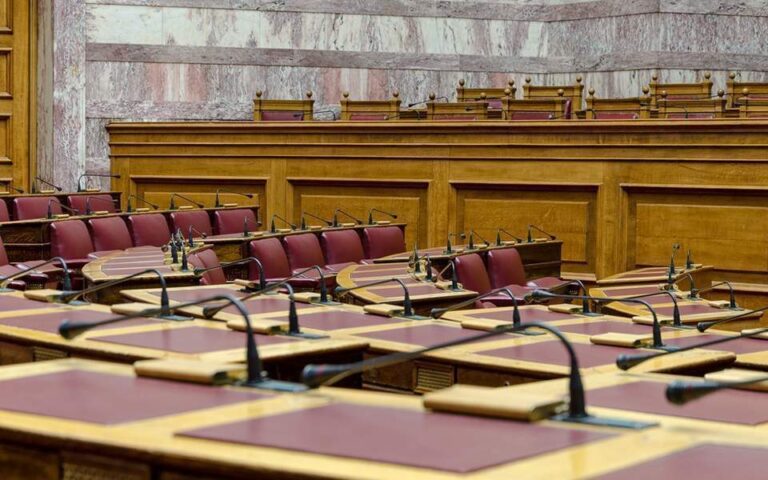The next government, the center and the far-right

The expected rise in the popularity of the center-left Movement for Change (KINAL), following the wave of sympathy after the death of its previous leader Fofi Gennimata and the widely covered open process for the election of a new leader, which has been confirmed by recent polls, have brought to the fore the role that the party can play after the elections.
In this light, it is not surprising that during these last couple of months the public debate has focused on KINAL. However, the electoral equation is not limited to the centrist party and its possible participation in a coalition government.
Recently, there has been intense mobility at the right end of the political spectrum; on the fine line that separates the traditional right from the far-right.
It is not only the consistent popularity of the Greek Solution party. There is also the collaboration of Failos Kranidiotis with Thanos Tzimeros, where there is talk of the possible involvement of MP Konstantinos Bogdanos (recently expelled from New Democracy), while other political formations on the extreme right, such as Golden Dawn and the Greek Patriots of former Golden Dawn MP Ilias Kasidiaris, are also present, albeit scattered.
In his attempt to maintain New Democracy’s high percentages after three or four years (depending on when the elections will take place) in power, the prime minister will face a complex scenario in the next election.
By projecting his centrist image, Kyriakos Mitsotakis managed to attract important and competent personalities to his government from beyond New Democracy, and in the same way got votes from people who traditionally did not vote for the conservatives. With this strategy he achieved the very high result of 40% in the 2019 national elections.
Now he is under pressure from KINAL, which is recovering and claiming its former voters, not only from its left, but also from its right.
At the same time, Mitsotakis cannot ignore the political developments to the right of ND.
Appealing simultaneously to both centrist liberals and patriotic right-wingers is no easy task. For New Democracy the possible loss of votes to both the center and the right obviously complicates the strategic goal of achieving a majority in the next election.
At the same time, this inevitably gives rise to another dilemma that Mitsotakis may face, which concerns the scenario and the options he will have in front of him if new KINAL leader Nikos Androulakis does not choose a repeat of 2013 – in other words, if he does not opt to join a coalition with ND. Will Mitsotakis then consider forming a government with one of the forces to the right of ND that will be in Parliament, be it Greek Solution or some other party?
It is certainly healthier for the country to have a large, democratic center-right party which keeps extreme ideologies and individual voices that sometimes border on the ridiculous under the confines of the government. This may be another reason for New Democracy to seek an absolute majority.
However, if things do not work out that way, and if the only alternative is going to a third election, what will happen then? Will a coalition with the far-right be in the cards? This is a complex puzzle and there are no easy solutions.





